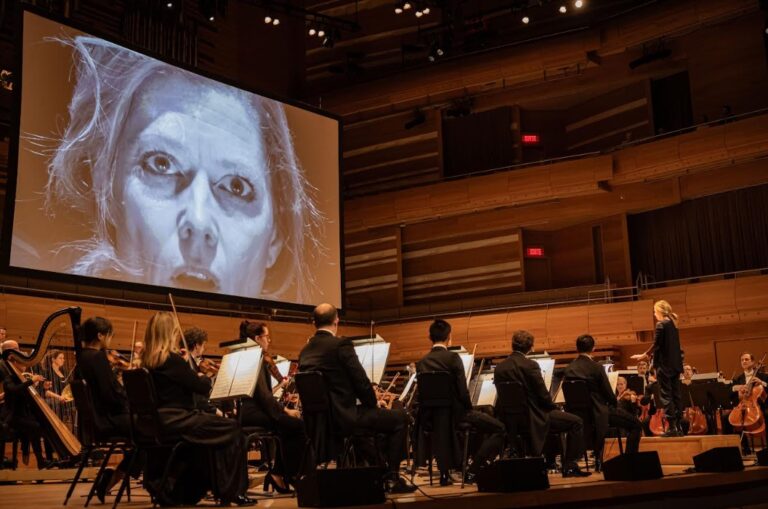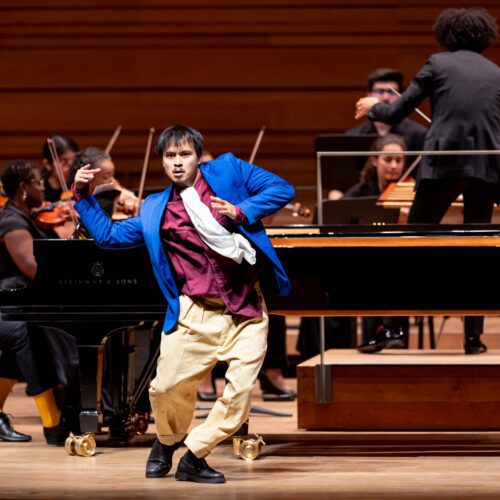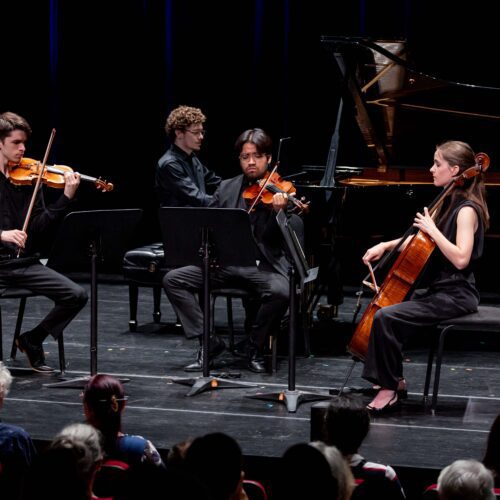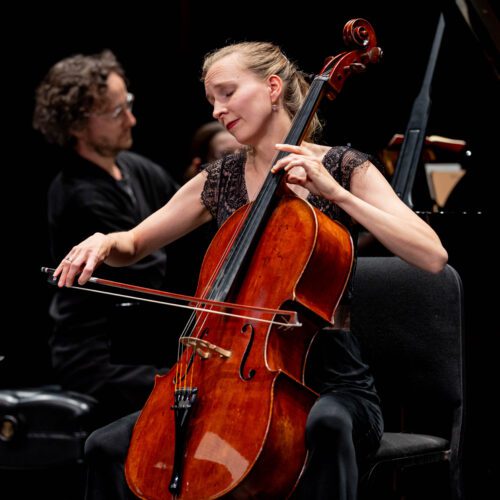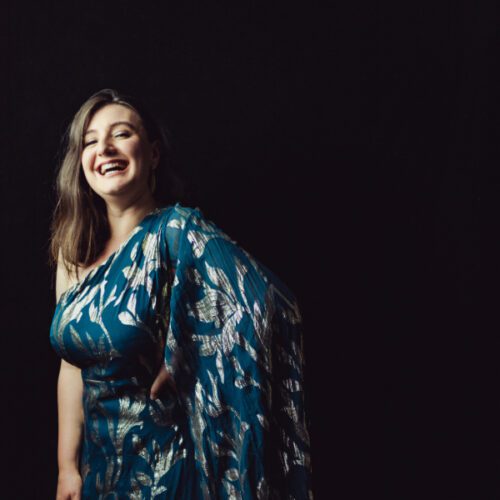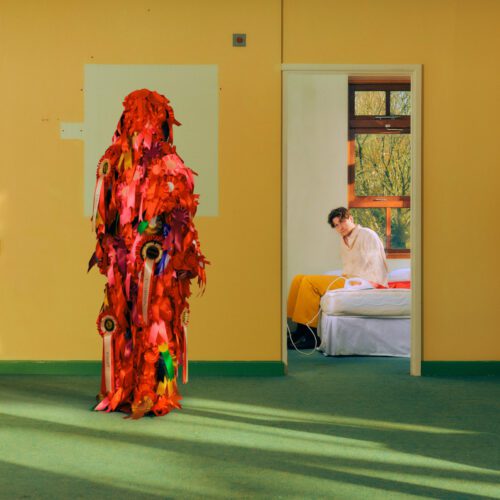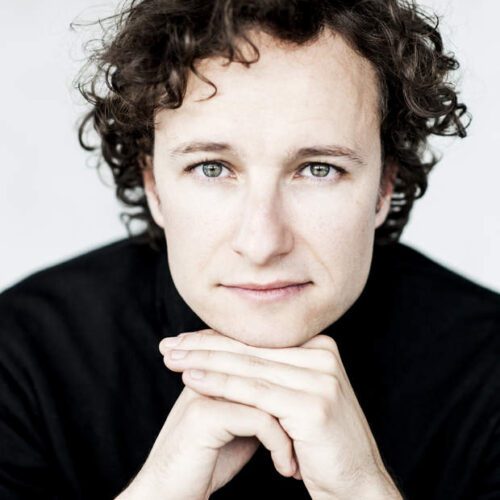Exploit. Prowess. Vision. Unprecedented. Extreme refinement. Superlatives are not enough to sum up this performance by Canadian soprano Barbara Hannigan, able to provide solid orchestral direction while magnificently interpreting La voix humaine, a text by Jean Cocteau (1889-1963) set to music by modernist composer Francis Poulenc (1899-1963), i.e. the nec plus ultra of French culture in the previous century.
It could have been as simple as a technical feat: singing, playing a character and conducting an orchestra all at the same time are unprecedented. Yes, let’s face it, it’s been done before, but a form this accomplished this virtuosic? Not likely.
From the outset, Hannigan conducted a post-Romantic work by Richard Strauss (1964-1949), composed in the twilight of his life at the end of the Second World War. Upset by the conflicts and by a Germany in perdition with dramatic consequences for its cultural facilities, including a Munich theater of which he was long artistic director, Strauss had taken refuge in Goethe’s writings, including The Metamorphosis of Plants, which is said to have inspired Metamorphoses TrV290, a 26-minute continuous work for just over twenty instrumentalists, and whose purpose is to calmly and darkly express the cycle of life, even at the lowest level of existence.
We then have the opportunity to contemplate the relationship between the guest conductor and the OSM, very much in tune with the context before the main course. Imagine an opera singer playing the role of this poor woman talking on the telephone to the man she loves so much, apparently on the other end of the line, communication occasionally interrupted by the technical problems inherent in the prehistory of the telephone – the late 20s. Throughout the drama, the woman abandoned by her lover multiplies her reproaches and supplications to the last degree of despair, while leaving some rubble of lucidity on the devastated site of her love drama. The soprano’s task, you will understand, is immense: with a symphony orchestra, she has to perform a major work lasting some forty minutes. Is that enough? Not at all.
Now imagine that, apart from this already complex task to honor, Barbara Hannigan conducts La voix humaine simultaneously with the Orchestre symphonique de Montréal. With complete fluidity! One imagines that a colossal amount of work had to be done to gracefully link the character’s gestures with those of the instructions given to the orchestra in real time. And it’s mission accomplished, in front of a stunned audience who applaud him wildly for long minutes at the end of this exceptional performance.
Given that she has been living in France since 2015, after a 6-year stay in Holland from 2009, and that her Canadian upbringing had already opened her up to bilingualism, Barbara Hannigan’s French is exemplary. What’s more, it adheres to the pronunciation rules of traditional French opera singing – notably those generously rolled R’s as they were once pronounced in a large part of the Hexagone.
The theatricality of his performance is exemplary, magnified by a brilliant staging (Clemens Malinowski) and multi-image video capture superimposed in real time on a large screen (Denis Gueguin). It’s worth noting that the voice is amplified, and that it couldn’t be otherwise in such a context. Although the singer’s back is to the audience for most of the performance, amplification is essential if the soloist is to be intelligible to a symphony orchestra. This theatricality is sober, minimalist and highly refined. The interplay between screen and real-time performance is extraordinarily effective, and the sixty-strong orchestra responds perfectly to the maestra’s instructions.
For we are dealing here with a great maestra and a great soprano, so come and see and hear this woman of almost supernatural talent during her stay in Montreal!
Le même programme est présenté ce jeudi, 19h30, à la Maison symphonique, INFOS ET BILLETS ICI
